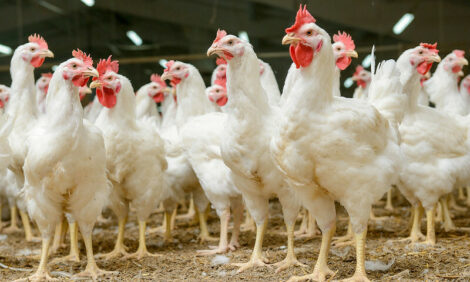



Welfare is Good Business
Environmental impact, food safety, welfare and productivity can all go hand in hand. "How does that work?" asks Anne-Marie Neeteson, VP Welfare and Compliance at Aviagen.From a breeding perspective, it has been postulated that ‘animal welfare is most likely to be improved on a commercial scale by breeding programmes that incorporate multiple goals of different stakeholders and give higher priority to animal welfare’ (after Dawkins & Layton, 2012).
An example of this is the Aviagen breeding programme which started its welfare breeding journey with selection for leg strength in the 1970s.
Then the breeding goals were broadened, step by step, to continuously add welfare, health and robustness characteristics, while, at the same time, improving productivity.
The secret is that only birds which are good in both productivity and welfare are allowed to become ‘parents of the next generation’.
Since 2012 genomics information is being used within the Aviagen breeding programme to add accuracy to the selection process.
In this way liveability, skeletal health, metabolic health and robustness have steadily been improving at the same time as production performance.
It takes about four to five years for the genetic improvement at the pedigree level to reach the wide range of Aviagen brands at commercial level.
With selection for welfare having started in the seventies, there now have been decades of ongoing improvement which will continue in the future.
The breeding goals are influenced by market needs and feedback coming from customers and society in the wider sense.
This ensures that the future needs of any market segment can be met in a profitable, responsible and holistic way, with welfare and good business going hand in hand.









